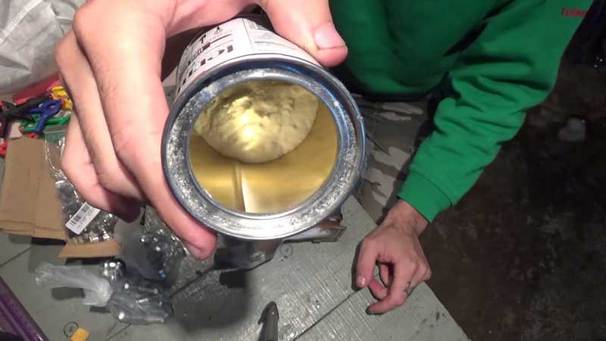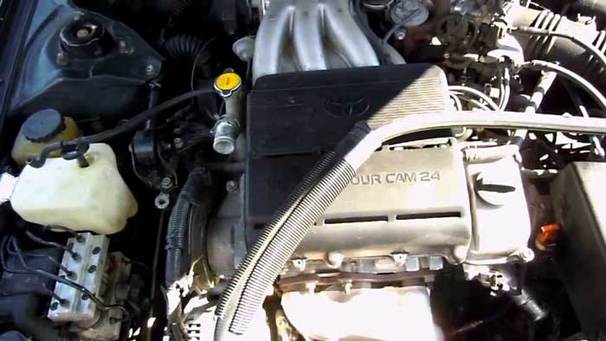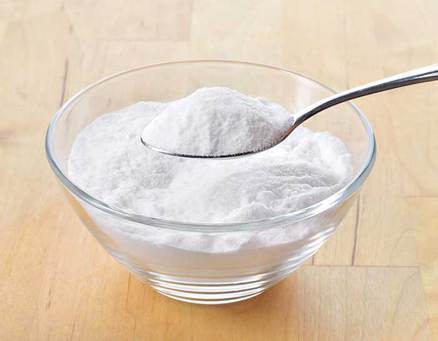When your car starts overheating or leaking underneath, that is when you know you have problems with your car radiator. This can happen despite how well-maintained your car is. The radiator is just one of those parts that need to go through special or intense cleaning since it can easily get clogged with rust.
If you don’t clean this part, it may cause permanent problems for your car’s engine. There are many ways to clean a car radiator, and one of these special cleaning techniques includes the usage of baking soda. Are you wondering how to clean a radiator with baking soda? Let’s learn here.
How to Clean a Radiator with Baking Soda?
Using baking soda is just one of the many ways to clean your car radiator. Aside from this, there are car owners who like to use a radiator flush product to clean out their radiator.
These radiator flush products help clean the cooling system of your car by cleaning out whatever has built up on your radiator to make it clog so much in the first place.
But you won’t always need to buy the best radiator flush in town to make sure your radiator can be cleansed. You can replace the radiator flushes with the cleaning technique that involves baking soda instead. Below we have given some steps to make you understand how you can use baking soda to clean your car radiator:
Step 1: Safety First!
Since you will be working with baking soda as a cleaning material, you will need to cover yourself up since it could get messy. Make sure to wear rubber gloves to cover your hands to avoid damaging them.
You also have to wear goggles or any other type of protective eye gear because the baking soda could end up squirting into your eyes when you are cleaning the radiator.
Step 2: Stop Your Car
If you have driven your car a while ago and are looking forward to cleaning your radiator now, you should not do it right away. The engine at that moment will be hot, and in no circumstances should you pop the hood of your car because a lot of steam will start blowing out right into your face.
Avoid doing something as risky as that, and just turn your car engine off after driving it into your garage shed. Let the car stay there and cool down for an hour or two until the engine is completely cold or at a neutral temperature when you touch it.
Step 3: Preparations
After your engine is cool enough to touch without getting burned, you can start making preparations before your cleaning work.
Take a bucket that is short but wide, and place it right under your radiator. The reason you need to do this is to protect your garage floor from getting stained. And the bucket will collect all the dirt or liquid that falls from the radiator when you are cleaning it.
Step 4: Open the Valve
Now you can move on to working on the radiator. Open the bleed valve or thermostat valve of the radiator and let the radiator bleed. The radiator will end up being drained until it is empty.
Step 5: Baking Soda
After you have emptied the radiator, you can now move on to using the baking soda to clean. You need to mix 5 teaspoons of baking soda with 1 liter of water. Mix this solution until there are no lumps or air pockets in it.
You can now add the solution to the cooling system. Close the bleed valve and go back inside the car and start your engine until the engine heats up. Pressing on the accelerator a few times with intervals will make this healing process go faster.
The baking soda in the solution will help unclog the pores that are filled with rust or dirt. It breaks down the particles off the radiator’s walls until it is smooth and clean.
Step 6: Baking Soda and Vinegar
Another cleaning solution you can make is with baking soda and vinegar. These two items are very popular as homemade cleaning materials, and they work together very well too.
You can use this mixed solution of baking soda and vinegar to clean your radiator too because vinegar works as acid and lifts stains while baking soda works as a base and softens corroded bits since it creates carbon dioxide gas and salty water. So, the combined reaction of this cleansing gives you better and quicker results.
When you create this solution, you need to add 6 tablespoons of baking soda and 6 tablespoons of vinegar along with 1 liter of water. Pour this solution in, and you will get a bubbly or foamy reaction. That is a sign that the solution is reacting with the rust and dirt and already breaking it off.
After this, you can follow the same method of heating your engine to let the chemicals boil up.
Step 6: Draining
Turn off your car and let it cool before you go near the engine. When it is cool, you can now open the bleed valve again.
The cleaning has already been complete by now. Drain the radiator again and then pour in some distilled water and flush it out a few times. By then, your cooling system will be completely clean. You can fill it up with some new coolant and close up the bleed valve.
Final Words
The technique of using baking soda is the cheapest way to clean your radiator. Plus, baking soda is an item you will generally have in your home, and it is always available in stores. It is a popular cleaning material that is safe for you and your engine, unlike those expensive and strong reactive chemicals other people use.
So, I hope you now know how to clean a radiator with baking soda and can act by yourself.

Myself Erick R. Jackson, I am a Computer Science graduate by law but a passionately enchanted blogger by profession.
A few years back, it all started with my first blog website. It was about to deal and heal with automotive hand tools. Well, it brought me a good audience base for sure, which then dragged me out of my major and got me to sit and write, and be a blogger. Read more



